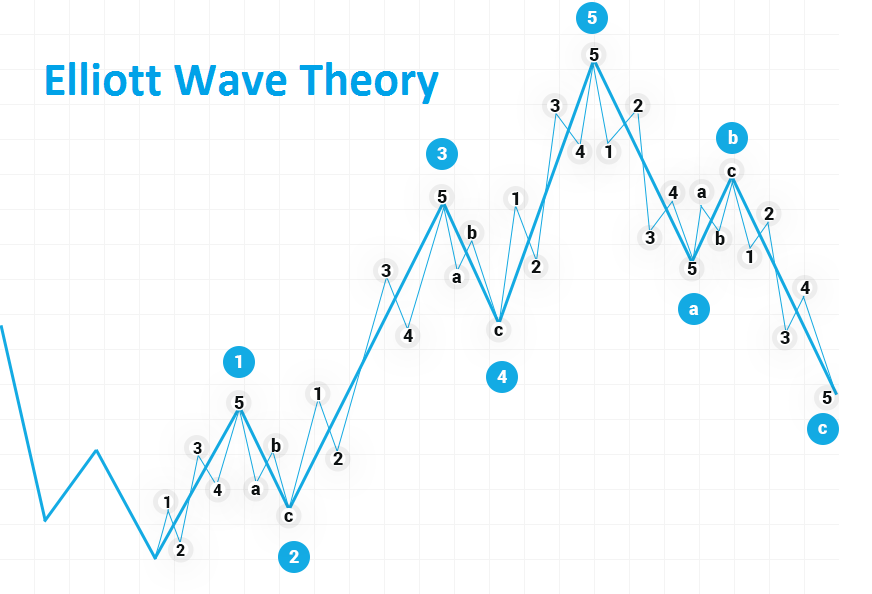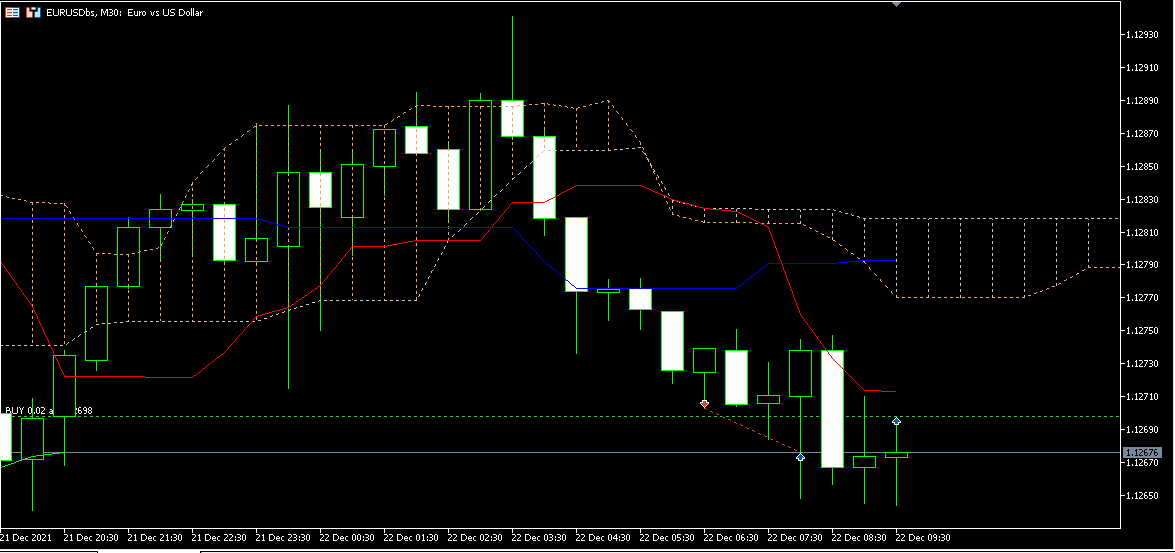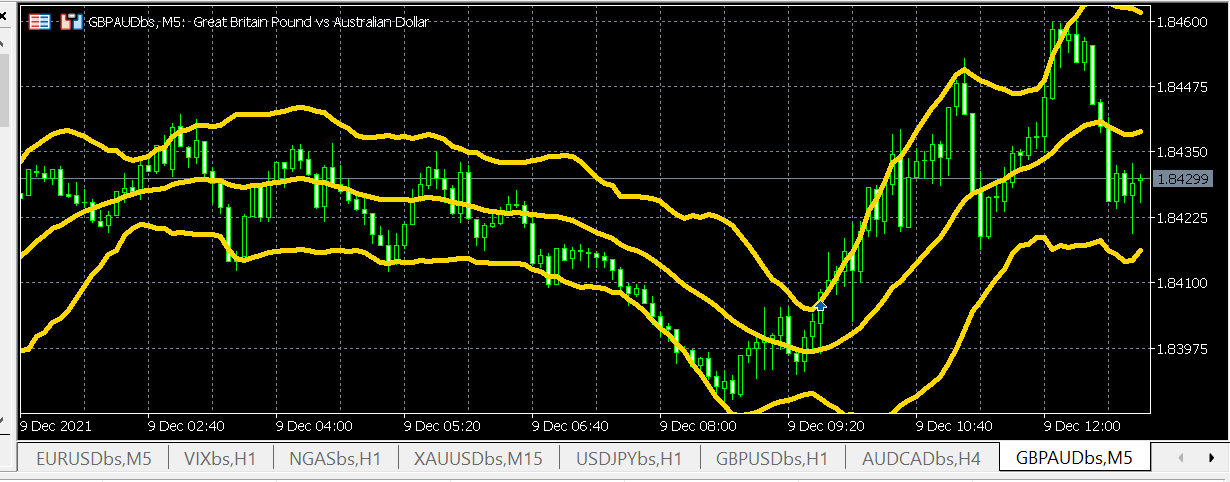Elliott Wave Theory

Introduction to Elliott Wave Theory Ralph Nelson Elliott developed Elliott Wave Theory in the 1930s.1 Elliott believed that stock markets, which are generally considered more random and chaotic, were in fact traded in repeating patterns. In this article, we take a look at the history of Elliott's wave theory and its application to trading. WAVES Elliott has suggested that financial price trends system on the psychology of the dominant investor. He found that fluctuations in mass psychology always manifested in the same recurring or "vague" fractal patterns in financial markets. Elliott's theory is similar to Dow's theory in that they both recognize that stock prices move in waves. But because Elliott also recognized the "fractal" nature of markets, he was able to break them down and analyze them in much more detail. Fractals are mathematical structures that repeat themselves over and over on a smaller and smaller scale. Elliott found that stock index pri...



